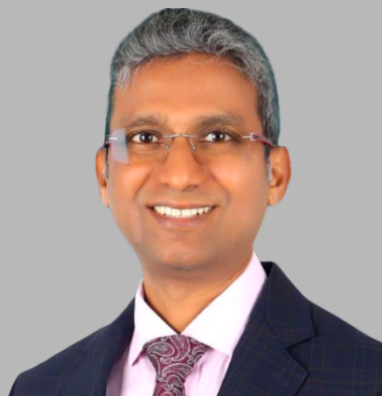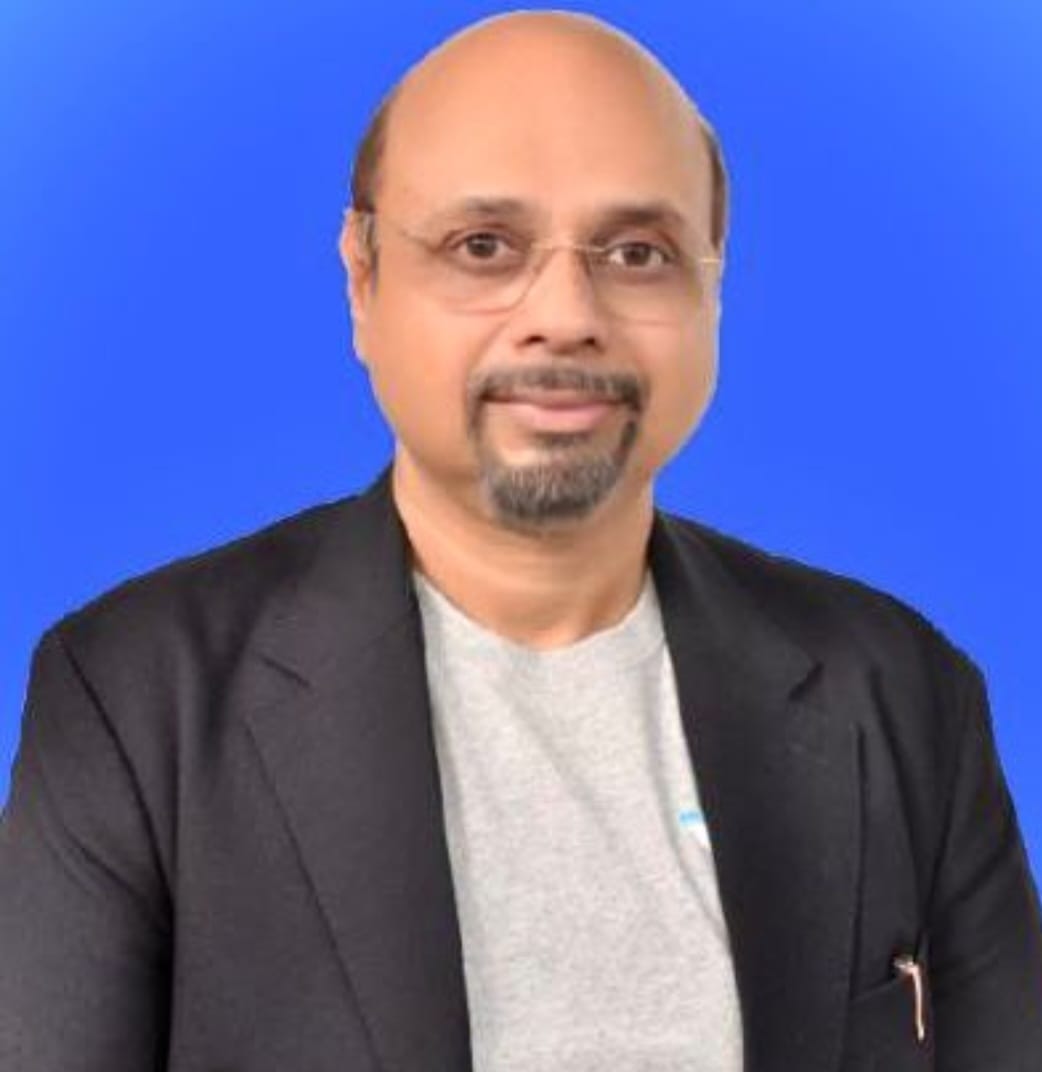You qualify for a free enterprise pass if:
1) Your company is an enterprise with data-center needs or energy network TSO/DSO driving smart energy infrastructure
2) You, as an individual, are directly engaged, as a management or technical professional in planning, strategy, systems design, sourcing, purchasing, procurement, adoption, implementation, integration and operations of an IT organization, data center or cloud services. Individuals with business development/marketing/sales titles or job responsibilities representing vendors and industry supplier/service provider firms do not qualify for an enterprise pass, and should apply for a VENDOR pass.
Individuals with business development/marketing/sales titles or job responsibilities representing vendors and industry supplier/service provider firms do not qualify for an enterprise pass, and should apply for a VENDOR pass.
Mumbai Cloud & Datacenter Convention & Awards Show Returns November 2025
The Indian Data Center & Cloud Market is taking giant leaps.
India is the second fastest-growing digital economy and it is projected that IT and Communications sector will double in size by 2025 to contribute US $355-435 billion to GDP. Nevertheless, nothing worth having comes easy!
Along with this exponent potential for growth in the Data Center, Cloud and Cyber Security market come the test of Performance, Flexibility concerns, Power management, Data Center staff productivity, Security & more…..
There are inherent limits to what Data Centres, Cloud & Cybersecurity can do! As tech enthusiast, we at W.Media will make sure that you all are well versed with all the current & future updates of the industry. This Physical Conference will take you through the pressing reformations of Datacentres, Cloud & Cybersecurity mitigations and how they are framing the future

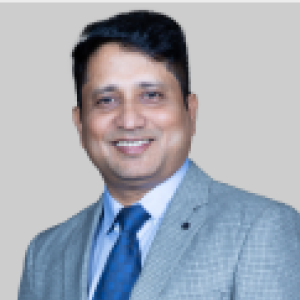
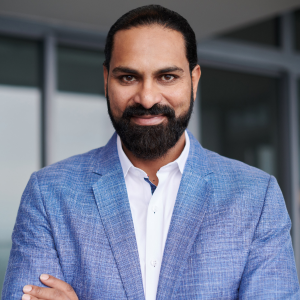
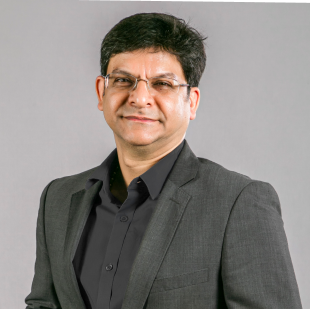



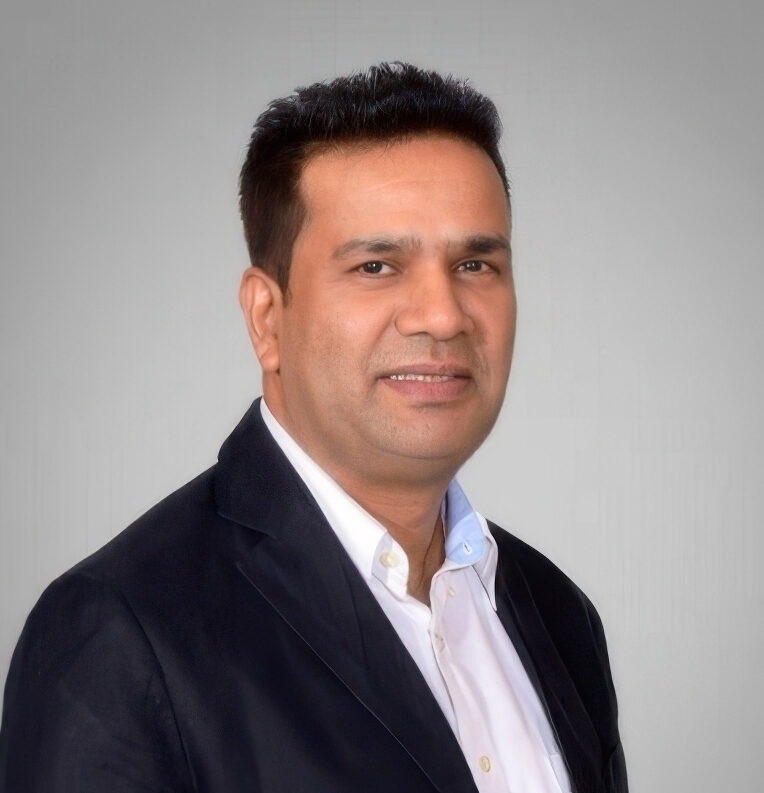
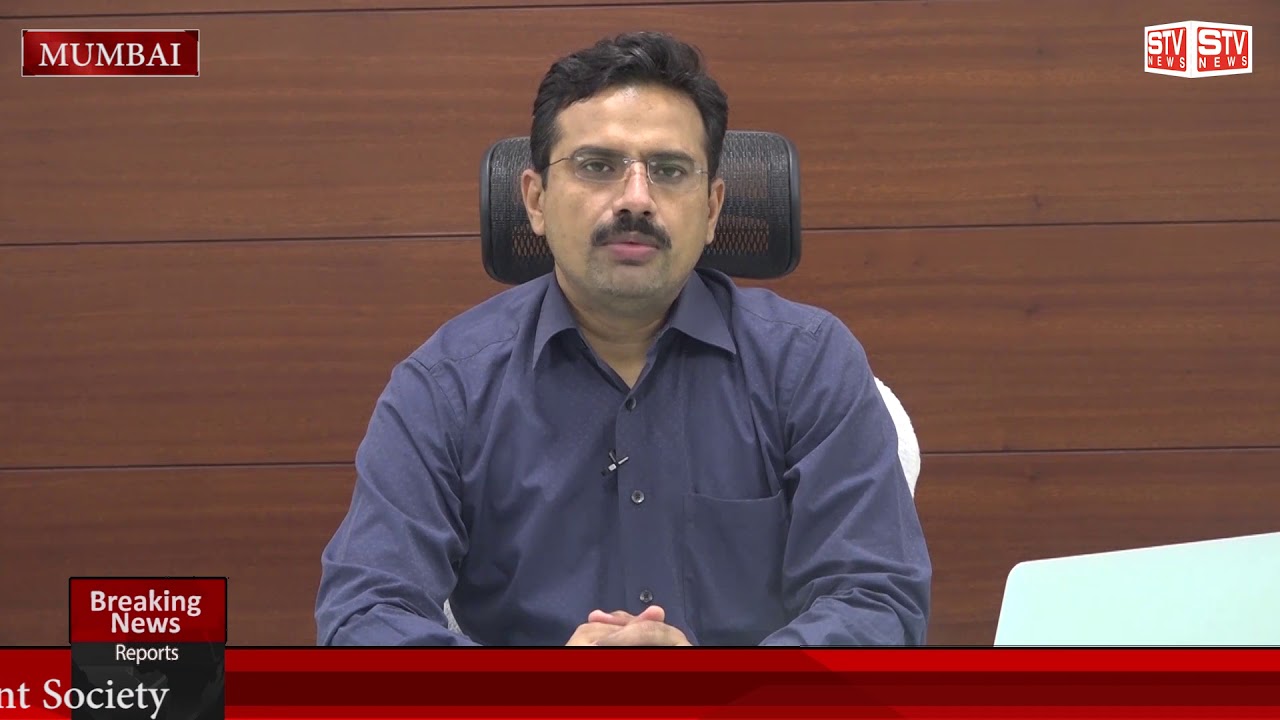



AI is no longer just a technology trend, it’s a business transformation engine. As enterprises and hyperscalers accelerate their AI strategies, leaders face critical decisions about where and how to deploy infrastructure. Balancing colocation, hyperscale capacity, cloud innovation, and emerging AI factories is not only a technical challenge, but also a strategic business imperative.







This session explores the pathways to expedite the development of AI-ready data center infrastructure in India that can serve both domestic growth and global AI demand. It will highlight the role of next-gen technologies, energy-efficient design, public-private partnerships, and international collaboration in making India a global destination for AI data center investments.
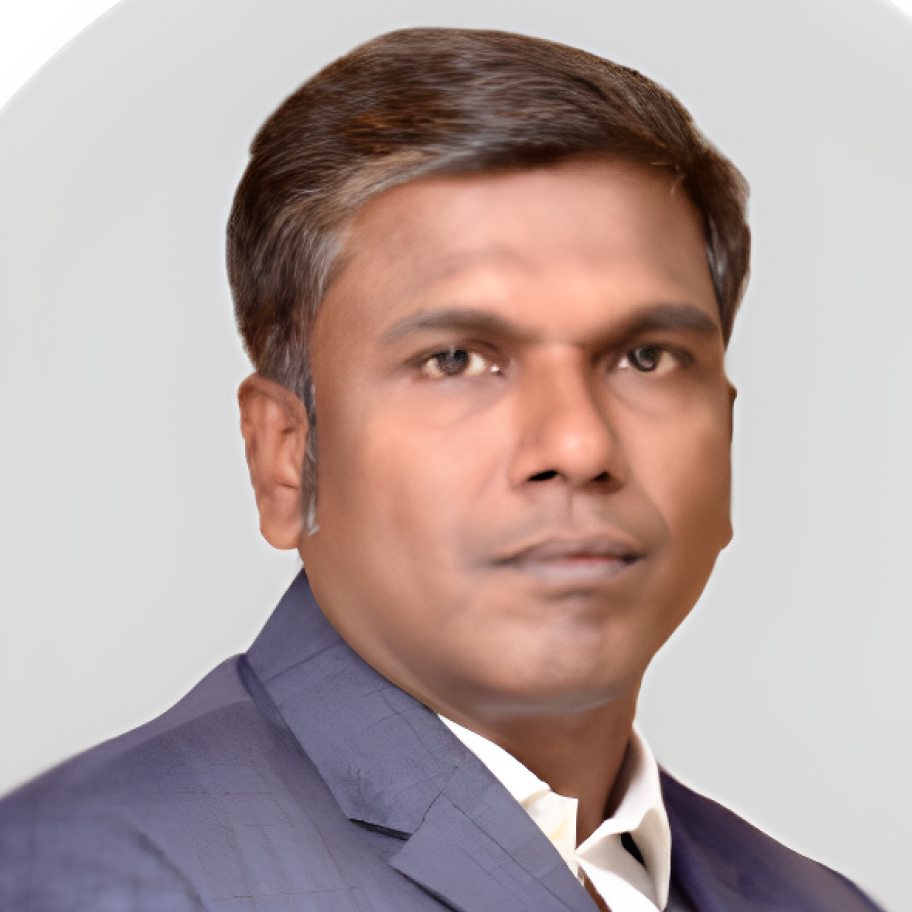
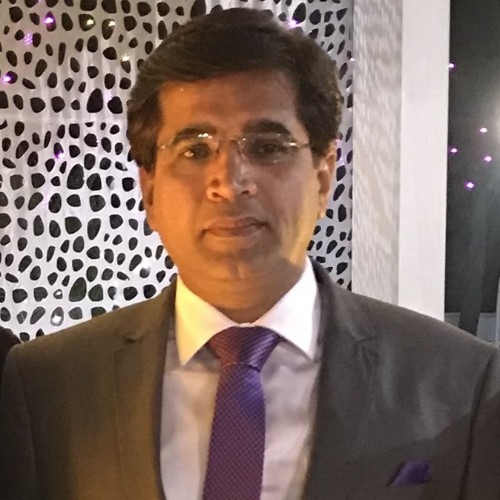




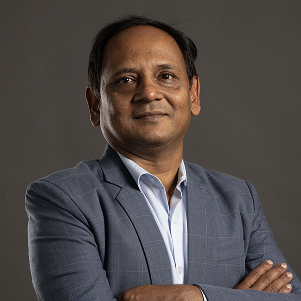
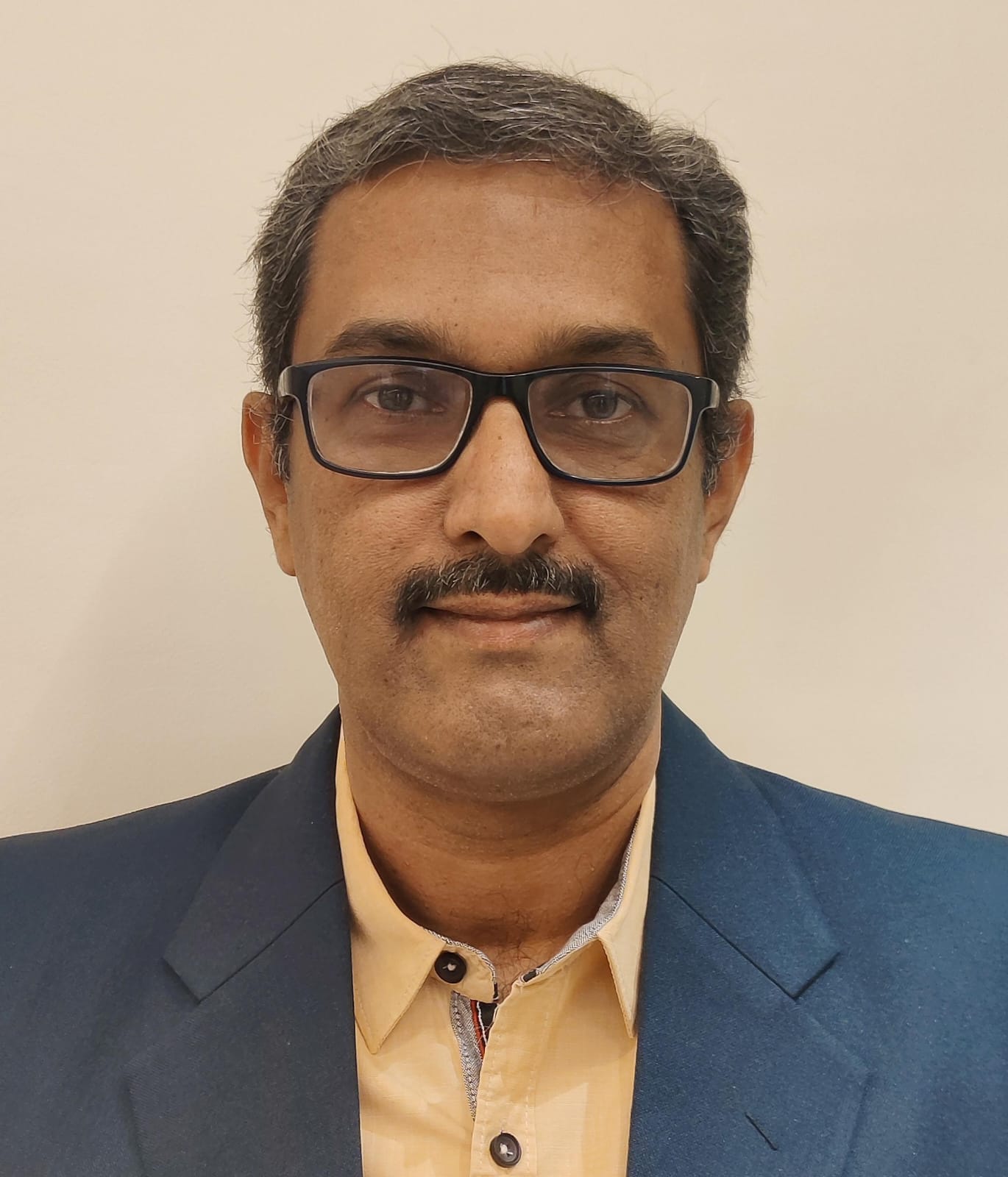
Will the pressures of increasing demand, speed to market and continuous availability change the way data centres are planned, built and operated? Have modular methods of design and construction already become the norm for the industry? What benefits does modular bring? And what challenges?
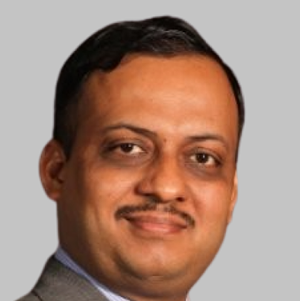
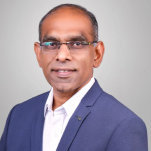
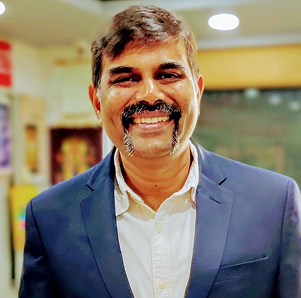
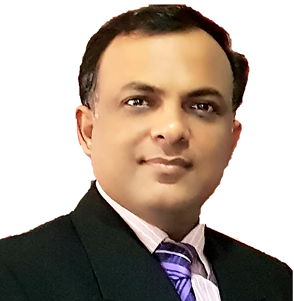
Looking both within India and overseas, how has AI impacted the requirements for power, cooling, connectivity and other resources? How has this compared to projections of what it would require? What are the reasons for differences between projections and actual requirements?
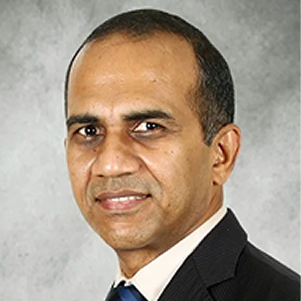
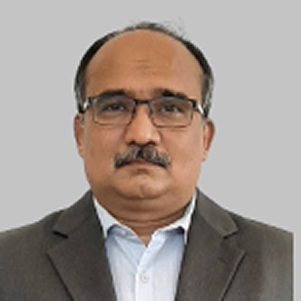
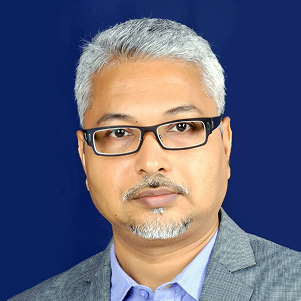

Technologies and the development of service options have added a new range of choices for companies wishing to deploy their IT footprint in physical, virtual and cloud locations or in combinations of these. What drives these decisions – what is the importance of cost, IT access, security, reputation, habit and other drivers?

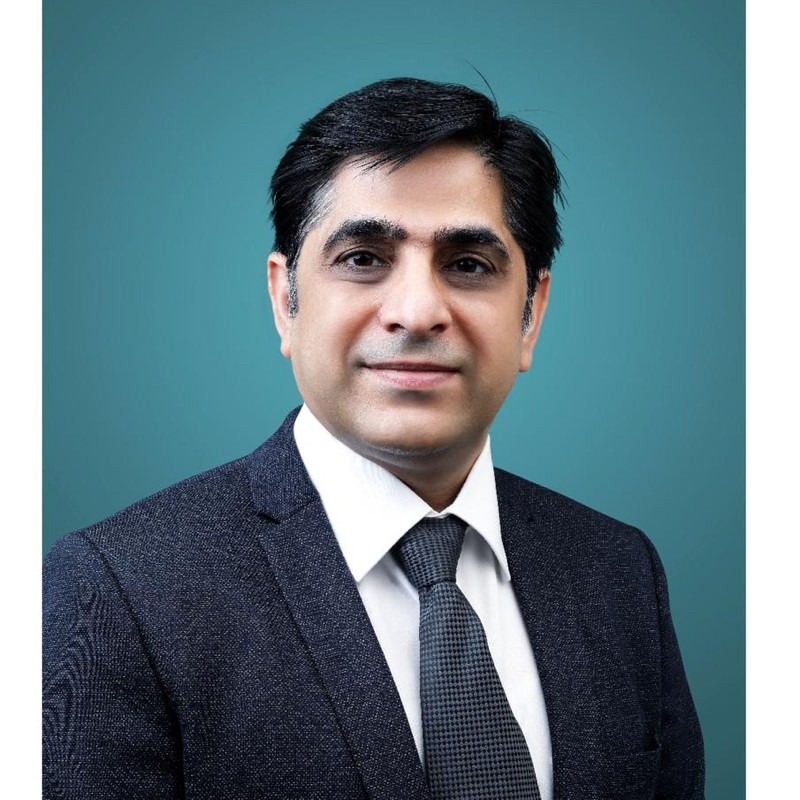




The foundational decisions of data center site selection are becoming exponentially more complex and critical. Beyond traditional factors like power availability, land cost, and connectivity, new imperatives are reshaping the landscape. This panel will delve into how geopolitical uncertainties, the burgeoning demands of AI, the imperative for sustainability, and evolving regulatory frameworks are forcing a fundamental rethink of where and how we build.



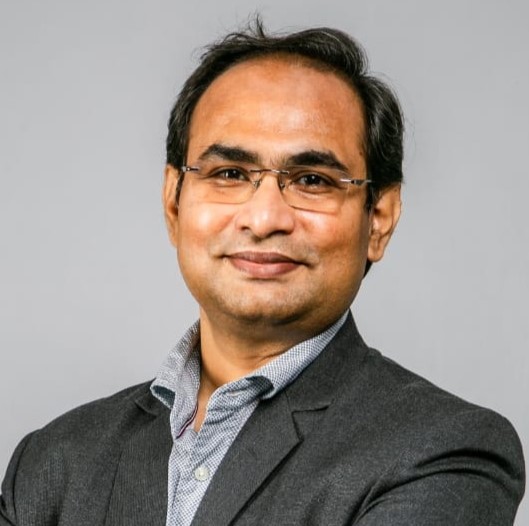
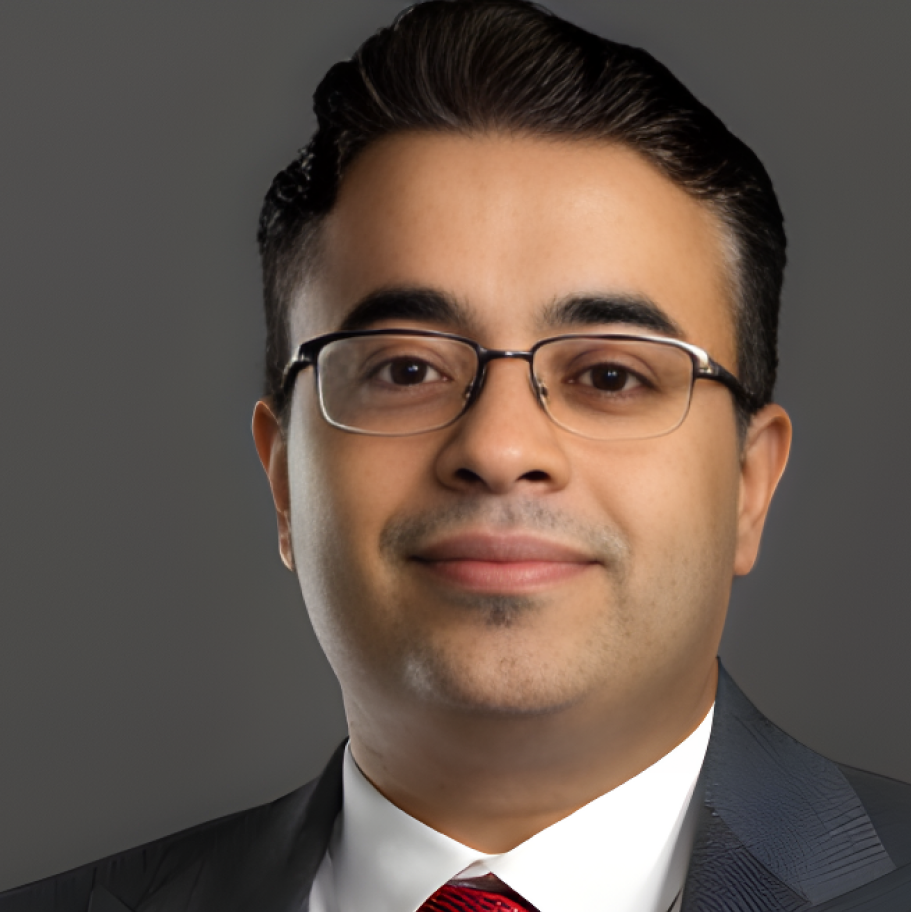
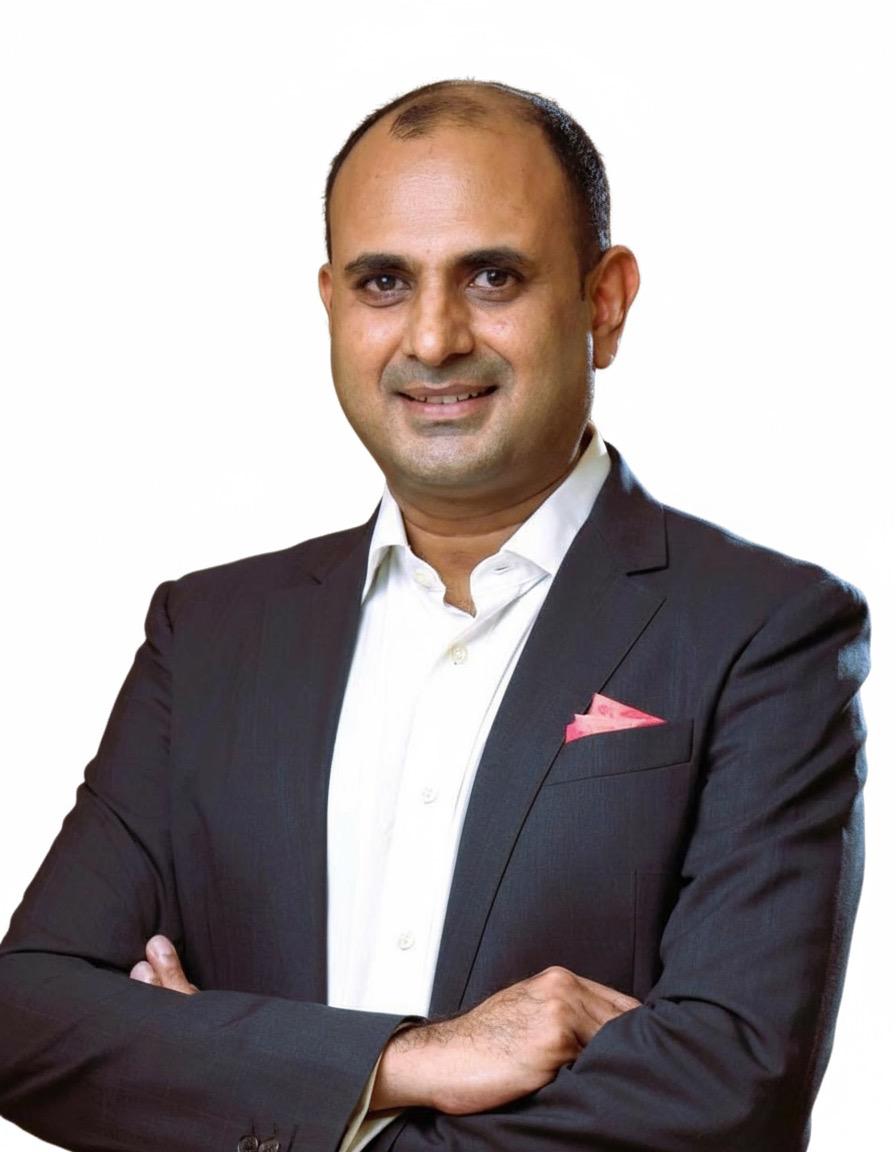
India’s data centre sector is undergoing rapid transformation, with installed capacity tripling since 2019 to ~1.3 GW (H1 2025), and another ~2.9 GW expected by 2030. Driven by digital acceleration, cloud adoption, and AI, this growth has attracted global investment from platform and greenfield developments to private equity and real estate joint ventures.
With infrastructure status now granted, India is emerging as a top destination for digital infrastructure investment. The session will explore:
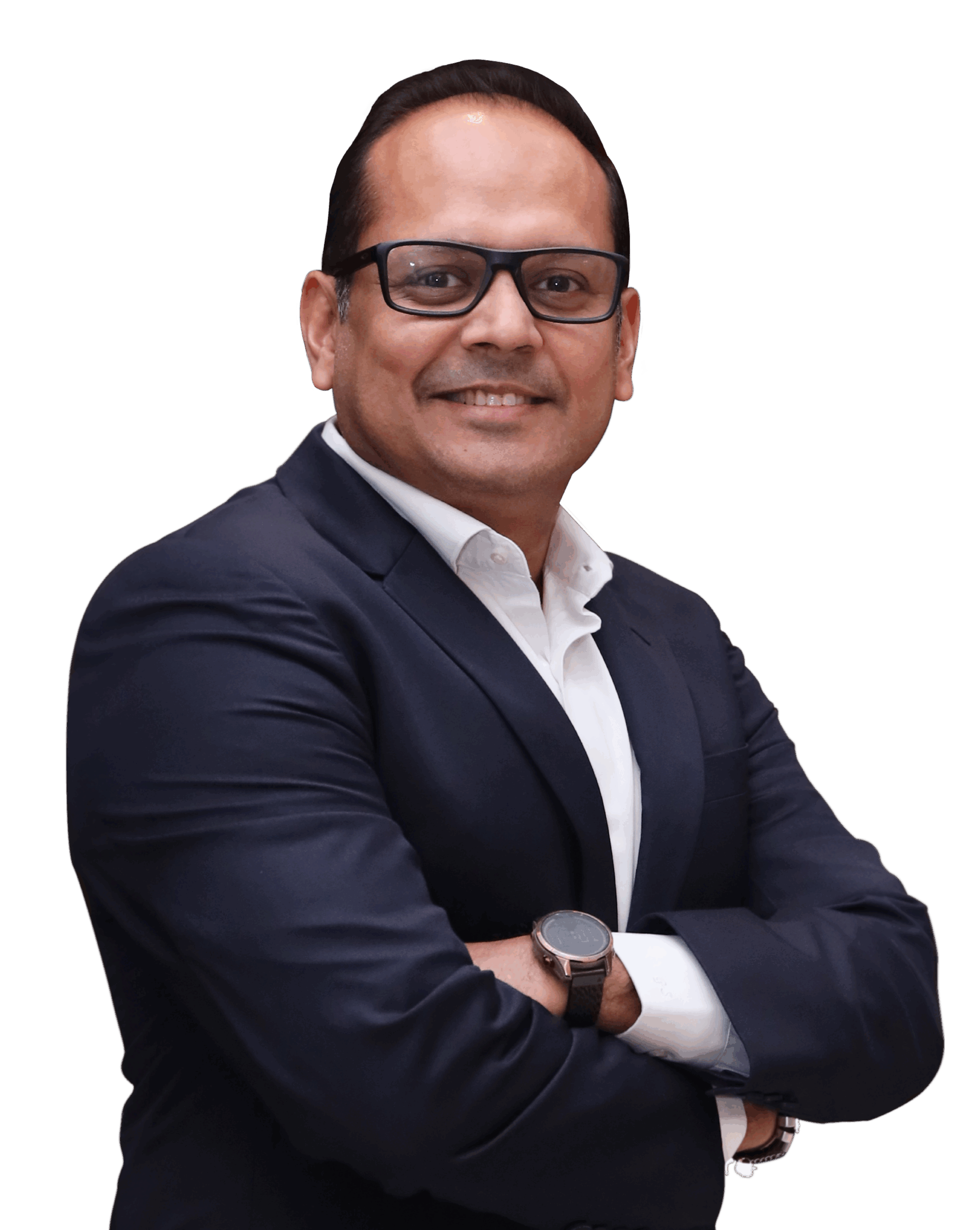
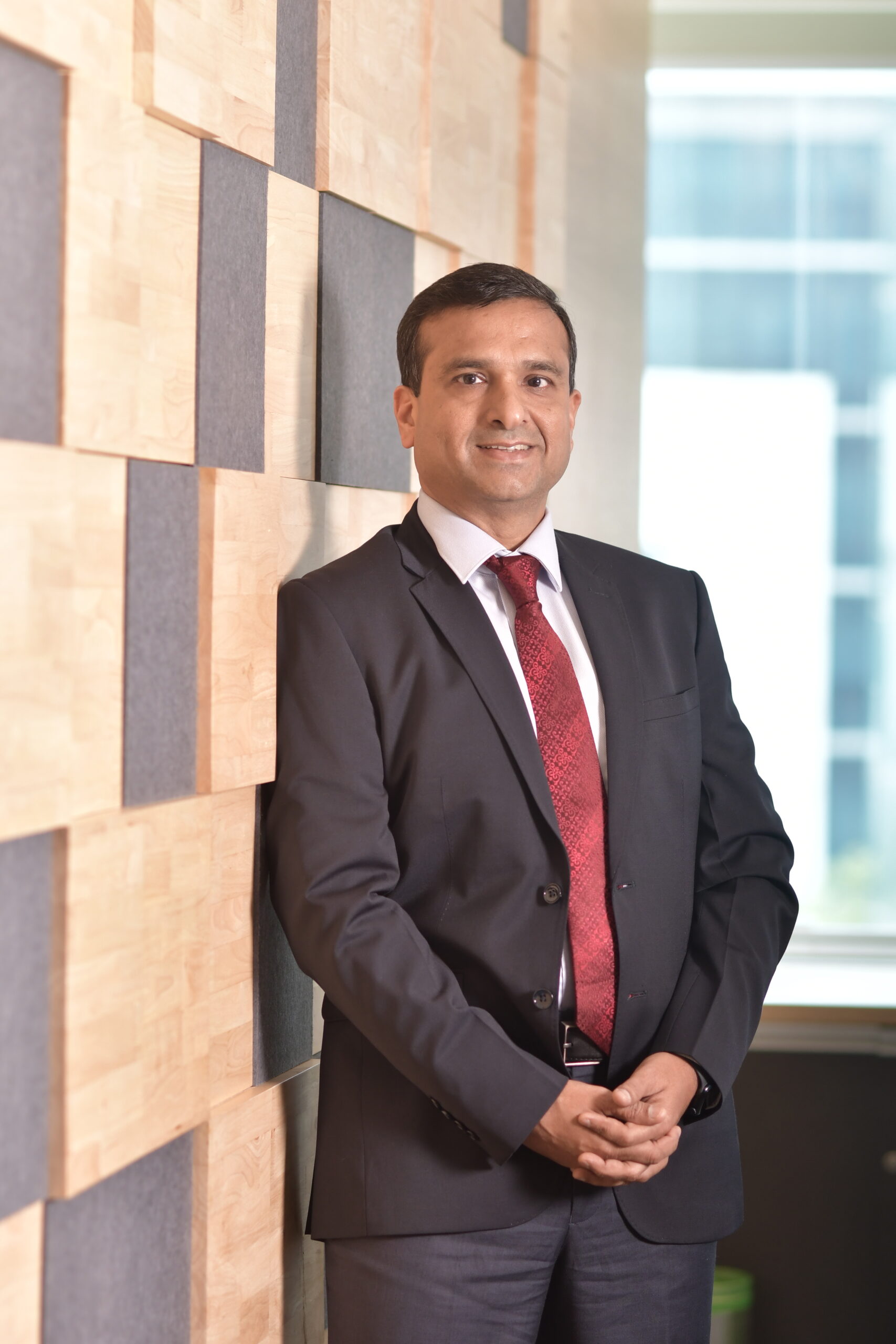
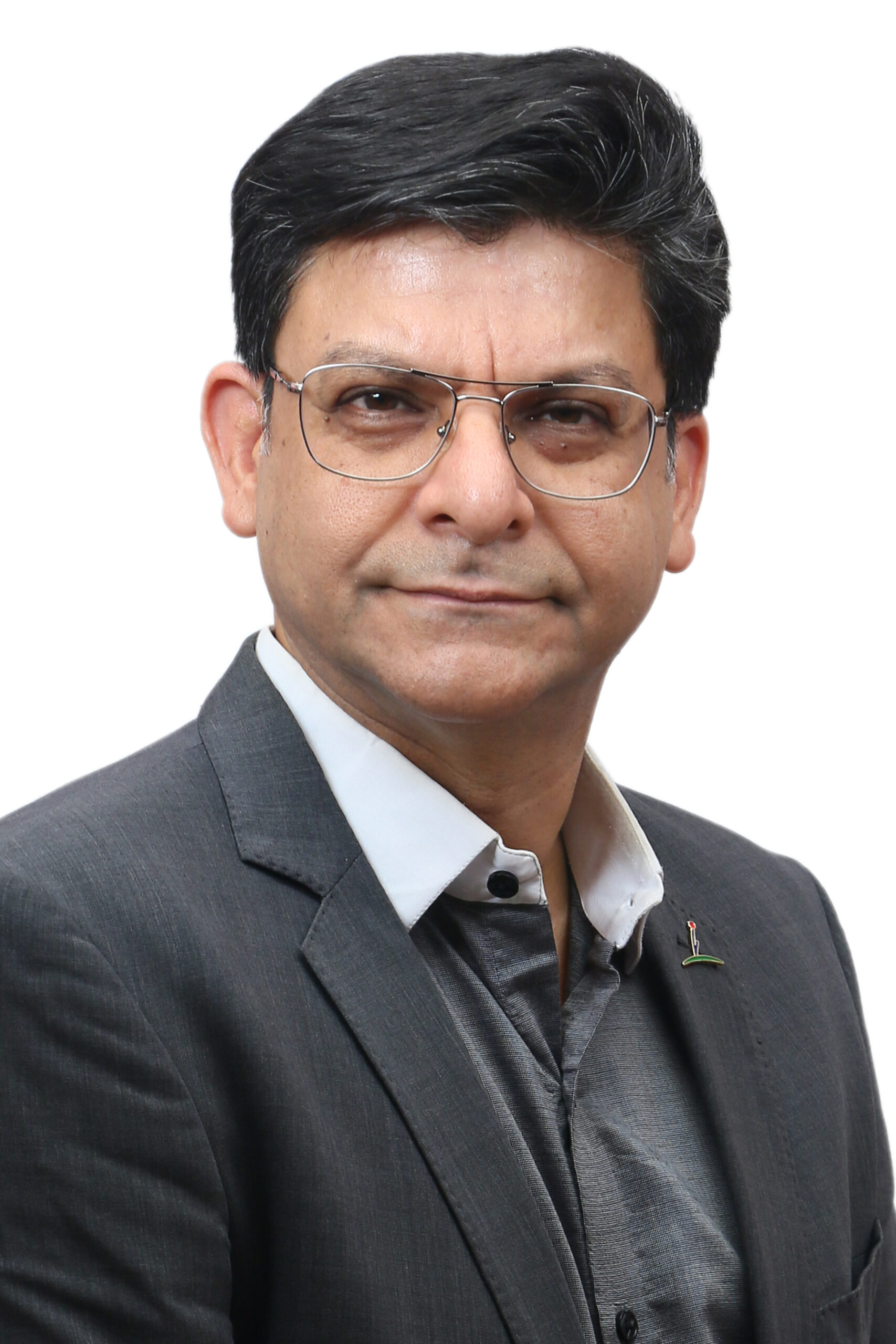
The Age of AI demands more than modernization; it requires a precise pivot to intelligence, automation, and adaptability. This session explores how leading enterprises are redefining digital transformation, moving beyond technology adoption to AI-driven value creation. We’ll uncover strategies for embedding AI and machine learning at the core of operations, customer engagement, and decision-making. The discussion will focus on leveraging cloud, edge, and data ecosystems to enable real-time intelligence, while critically balancing innovation with robust governance, ethics, and trust in AI deployment. Join us to understand how to build AI-native business models and a future-ready workforce for the intelligent era.


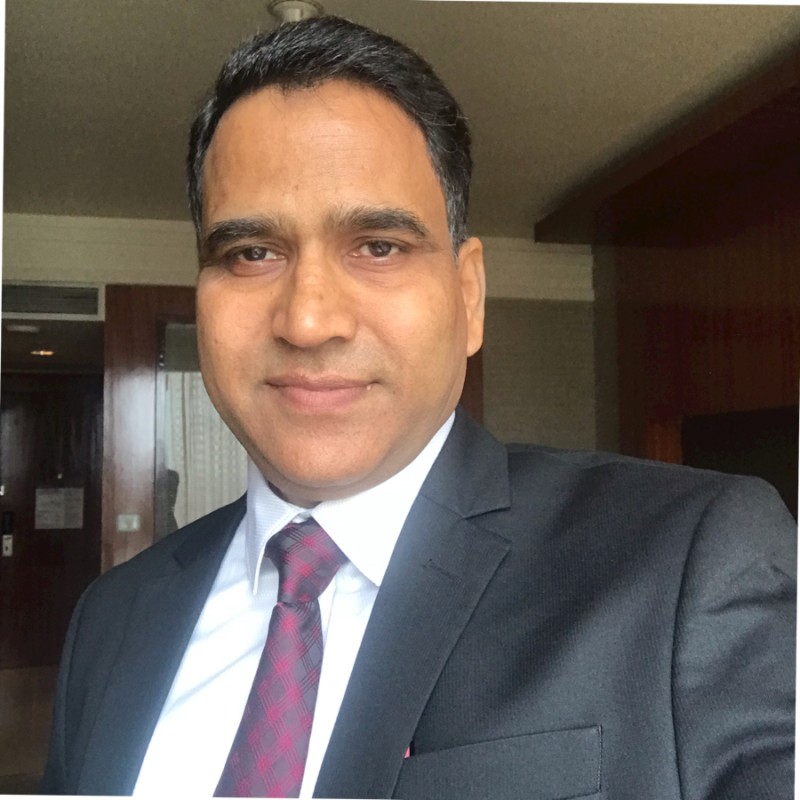
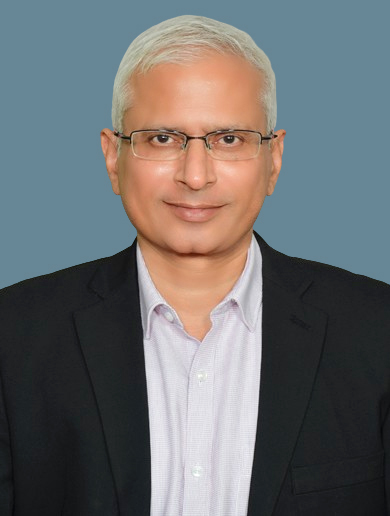
AI-era data centers aren’t just about IT – they are about how buildings are conceived, designed, and certified. From fire safety and structural resilience to sustainability and high-density cooling integration, existing standards may fall short. This session examines whether India needs to redefine real estate and design benchmarks, or even create new rating systems, to meet the demands of next-generation digital infrastructure.



As India’s digital economy expands rapidly, the need for a resilient, low-latency, and cost-effective connectivity fabric has never been greater. This panel will explore the pivotal role of strategic peering and robust interconnection in fostering a healthier, more competitive digital ecosystem across India.
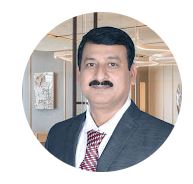
As AI and high-density compute reshape the thermal footprint of data centers, traditional cooling approaches are reaching their limits. Heat rejection, water scarcity, and increasingly stringent ESG expectations are now central design considerations, not afterthoughts. This session examines how India can sustain aggressive infrastructure growth while managing environmental impact from water-wise cooling strategies to carbon-aware operations and the future of heat reuse in dense urban markets like Mumbai.




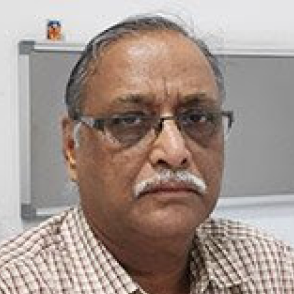
The demand for GPUs is reshaping cloud strategy. Should enterprises rely on GPU-as-a-Service or invest in building their own AI-ready infrastructure? This conversation weighs flexibility, cost, scalability, and control.





Beyond the capabilities of today’s generative models, Agentic AI promises to perform complex, multi-step autonomous tasks, fundamentally altering digital processes. This forward-looking session will explore the profound infrastructure implications of this next evolutionary step in artificial intelligence. Panelists will discuss the new demands on compute, networking, security, and operational models that data centers must prepare for now.
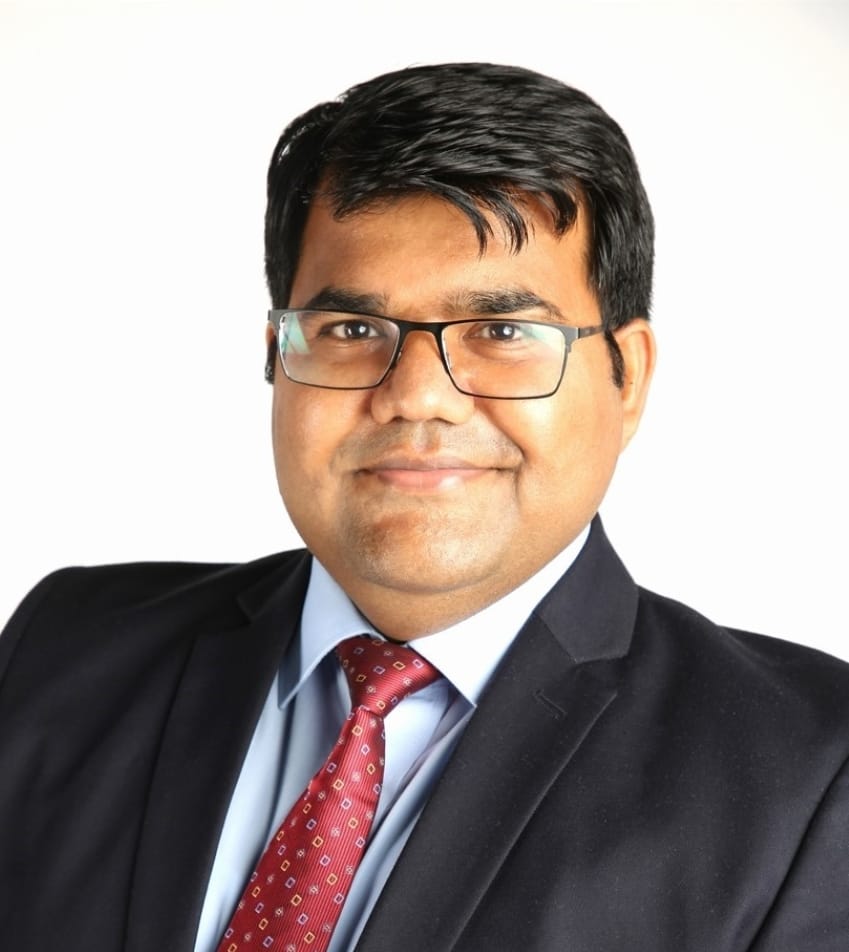
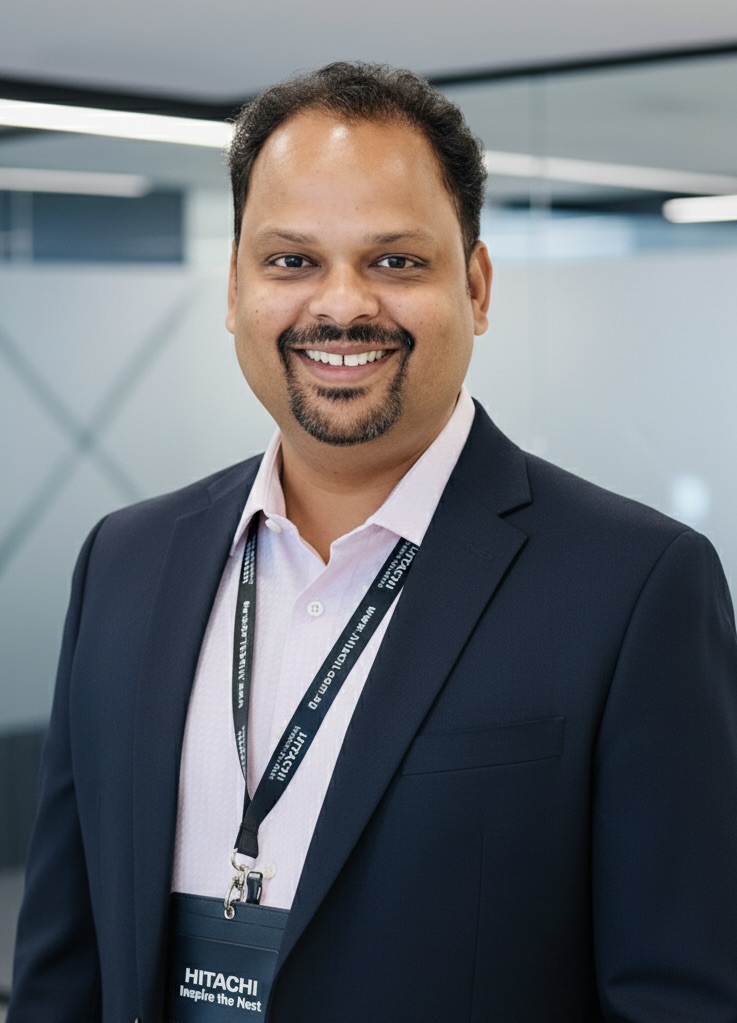
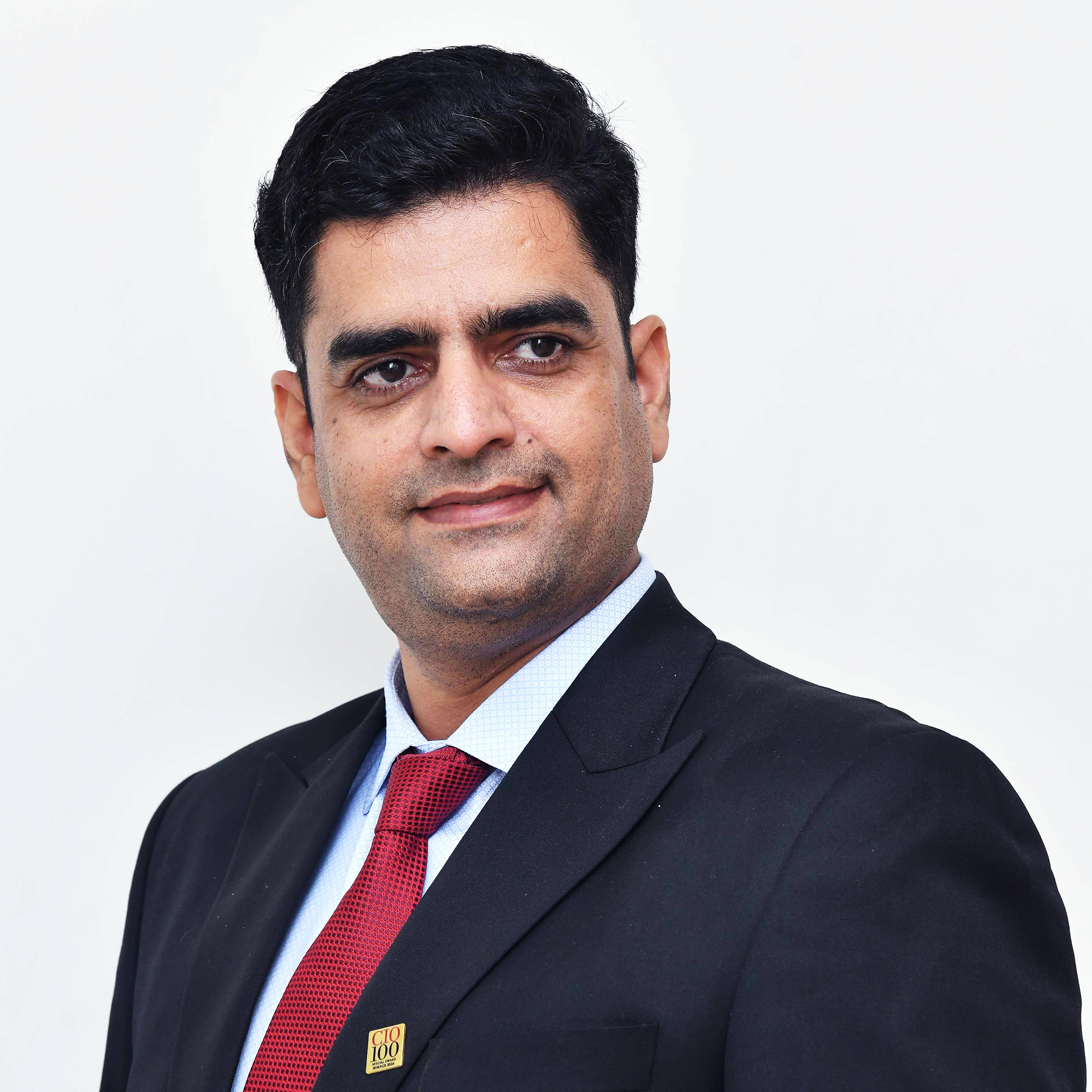
Can India afford to depend on global AI clouds, or is it time to build a sovereign, hyperscale AI cloud of its own? This session debates the vision, economics, and partnerships required to make it a reality.



Global geopolitical shifts continue to create significant volatility and disruption in the technology supply chain, directly impacting data center construction, expansion, and operational timelines. This session will dissect the current challenges and explore practical, actionable strategies for building more resilient, agile, and predictable supply chains in an increasingly uncertain world.


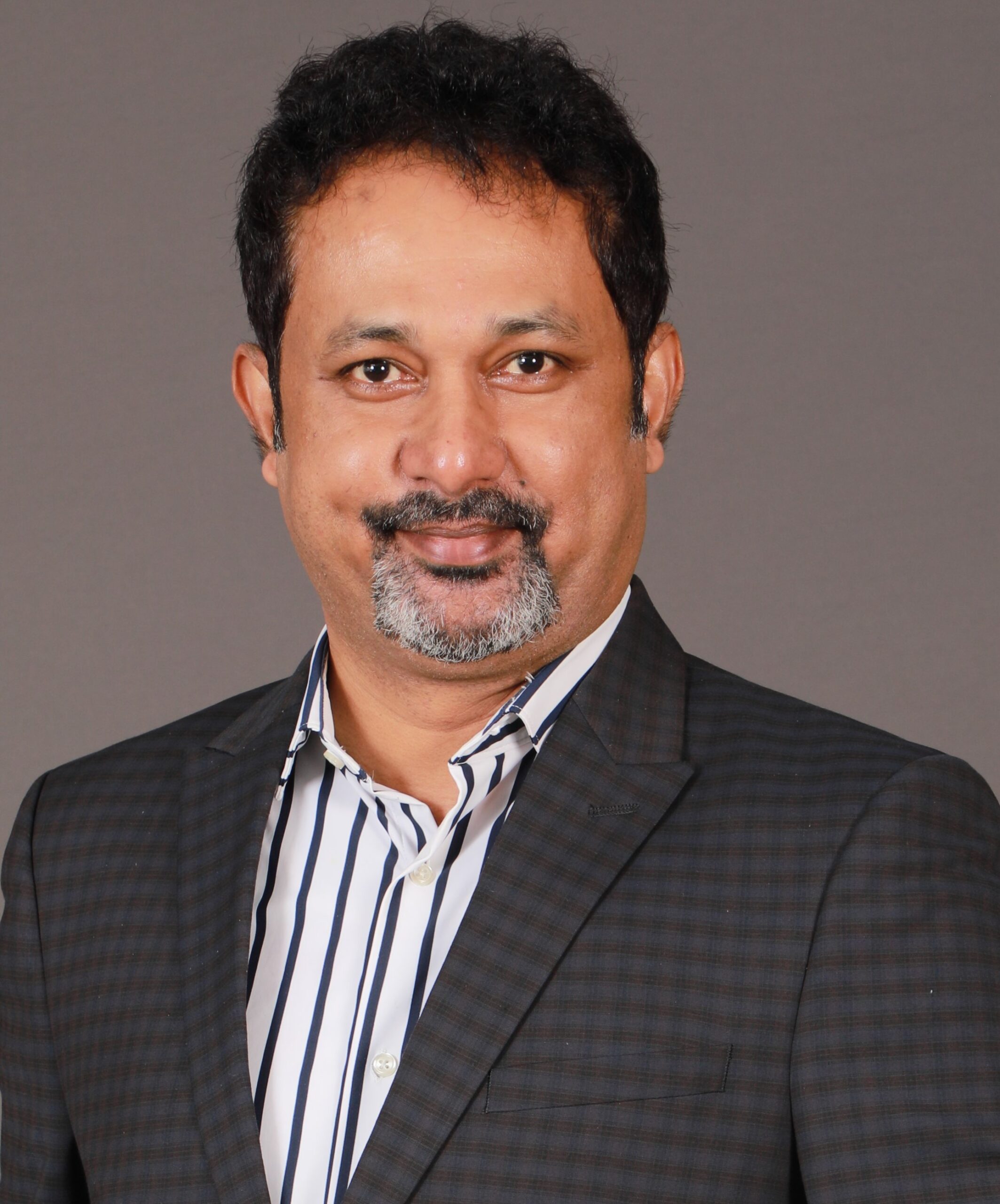
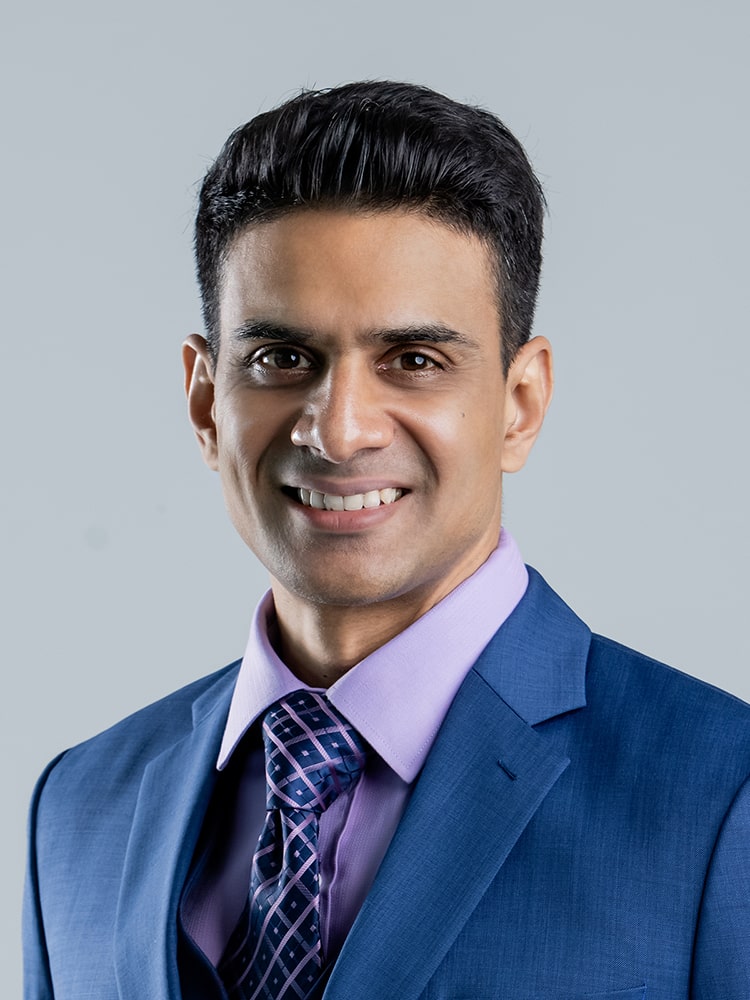
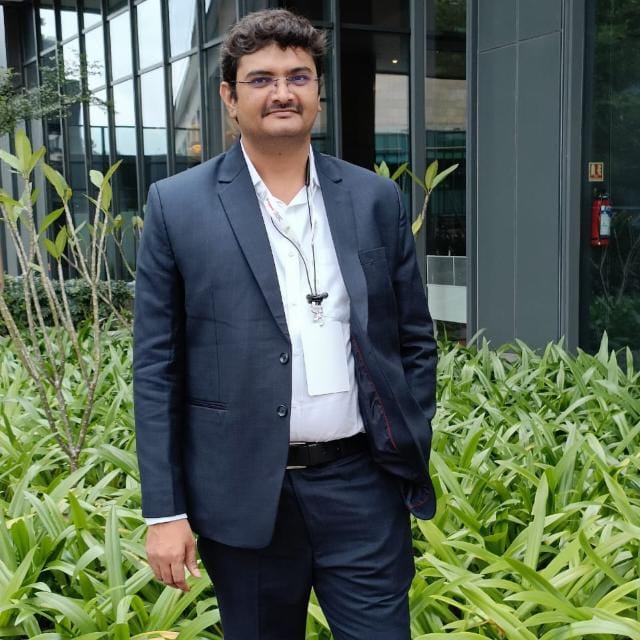
In an “always on” digital economy, where every millisecond of downtime can equate to significant financial loss and reputational damage, the reliability of power infrastructure is non-negotiable. This panel will examine the evolving role of UPS systems in an era of escalating power densities, exploring the latest innovations, deployment strategies, and the critical importance of robust power continuity solutions.


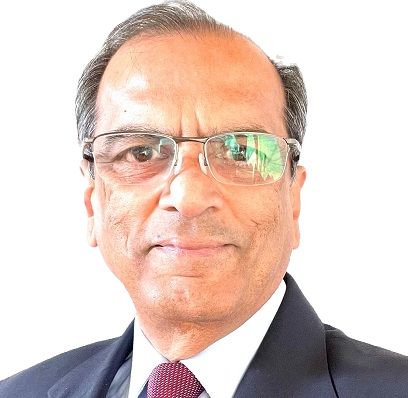

As AI workloads drive energy consumption to unprecedented heights, the imperative to maximize efficiency and eliminate power wastage has become a critical business, operational, and environmental issue. This session will explore cutting-edge strategies and technologies designed to drastically reduce the power footprint of data centers, moving beyond traditional PUE metrics to find new, innovative ways to optimize energy use.
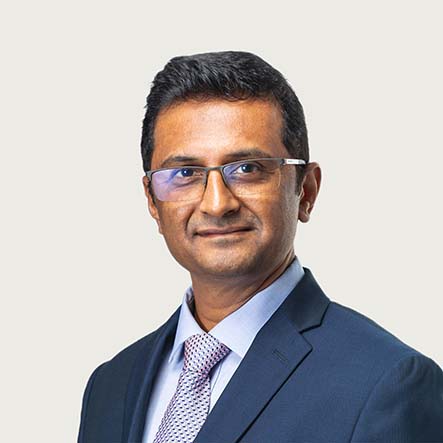


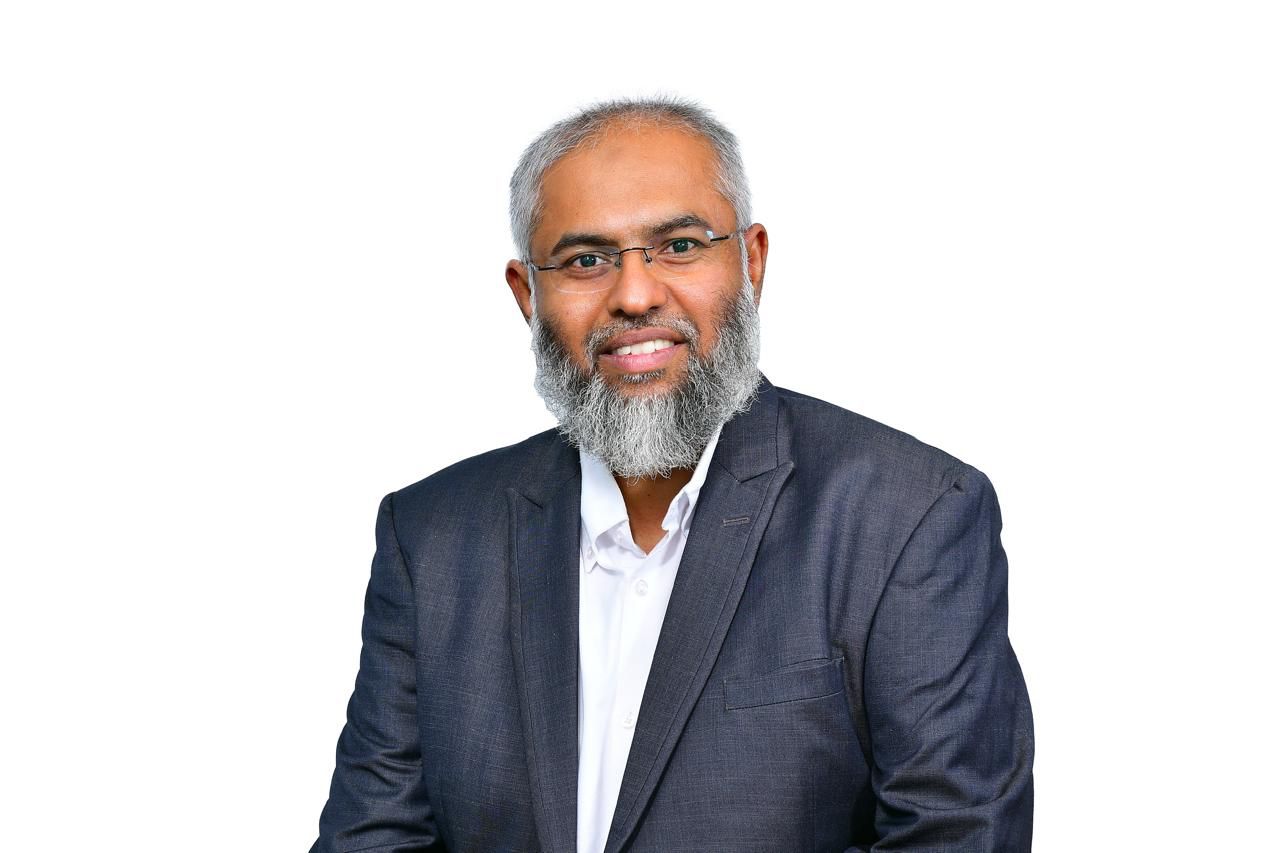
As India’s digital economy accelerates, how are data centre strategies evolving to keep up? Are fast-deploying, scalable construction approaches such as modular designs becoming essential for operators under pressure to deliver speed, resilience, and cost-efficiency? This panel explores how innovative infrastructure models are transforming the planning and execution of data centres, examining both the advantages and the hurdles of moving away from traditional builds.

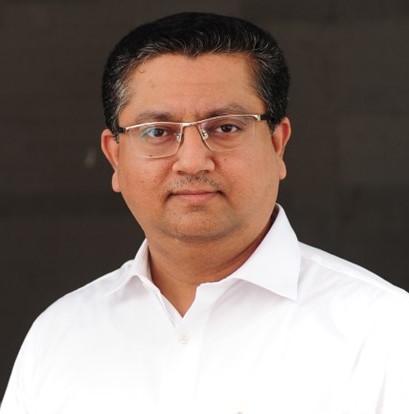
The intense heat generated by next-generation AI hardware is pushing traditional data center cooling methods to their absolute breaking point. This expert panel will engage in a critical debate on the future viability of air cooling, exploring the latest advancements in air-based systems and determining the threshold at which liquid cooling becomes an indispensable and absolute necessity.

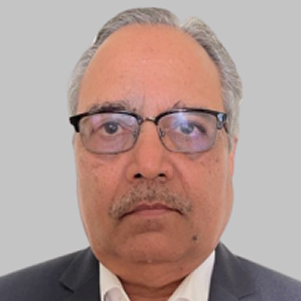


Modern, high-density, and AI-ready data centers are exponentially more complex, requiring a new level of intelligence, automation, and predictive capability in their management. This panel will assess whether current Data Center Infrastructure Management (DCIM) platforms have evolved sufficiently to meet these demands, or if a new paradigm in integrated infrastructure orchestration and management is now required.




This dynamic session will move beyond the headlines to uncover the truly transformative technological innovations that are quietly revolutionizing the data center from the inside out. Panelists will discuss breakthrough advancements in areas like networking, storage architectures, autonomous operations, and advanced physical security that are fundamentally enhancing efficiency, resilience, and performance.



The immense and growing power demands of AI present a significant challenge to global and national sustainability goals. This expert panel will critically explore the practicalities, strategic imperatives, and operational hurdles of powering India’s next-generation AI data centers with renewable energy, focusing on grid integration, policy, and the critical role of energy storage.


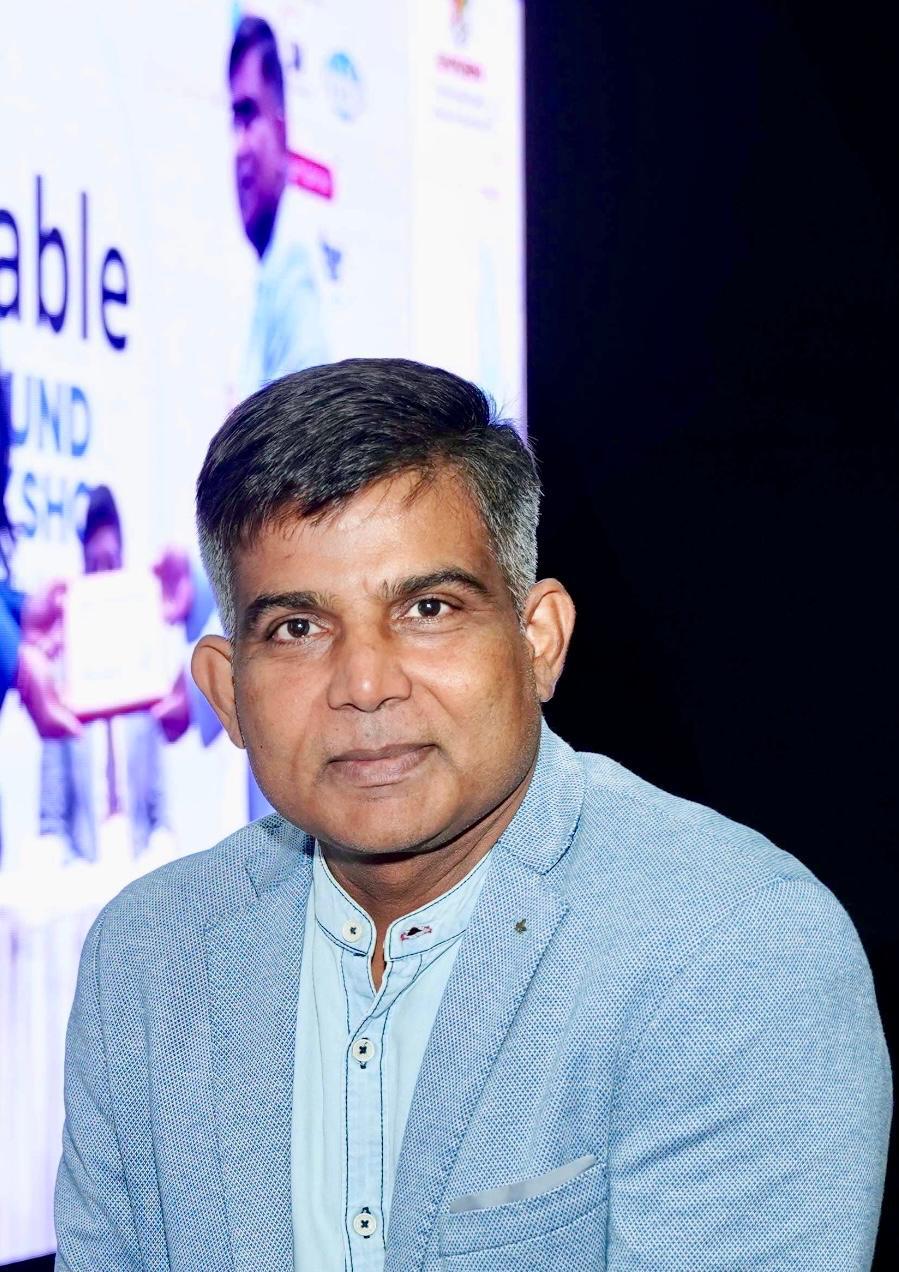
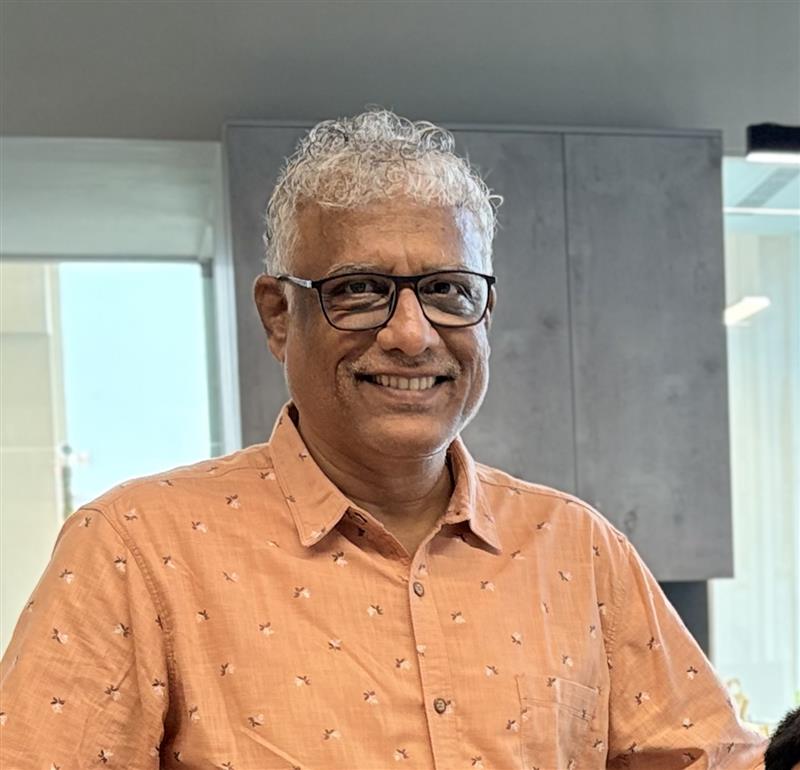
As renewable energy adoption accelerates and power demands fluctuate dramatically, robust on-site energy storage is becoming an indispensable component of modern data center design. This discussion will focus on effective strategies for deploying advanced storage solutions that not only provide critical backup but also enhance grid stability, enable demand response, and create new efficiencies for AI-scale facilities.
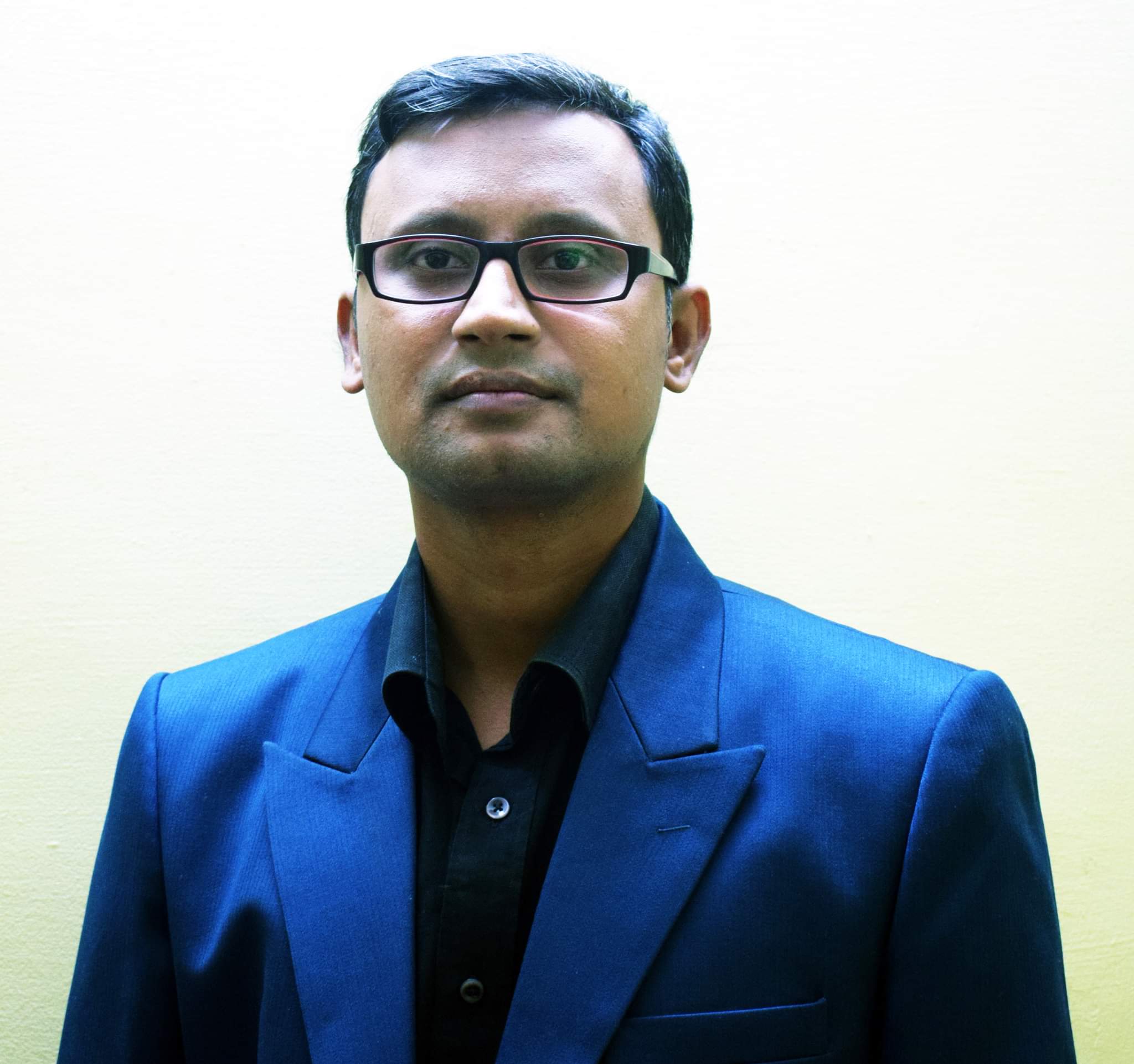
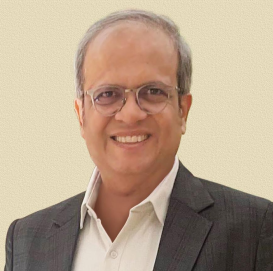
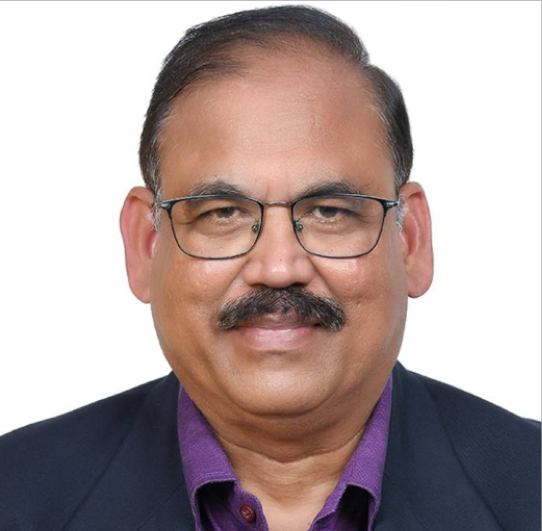

The debate between traditional air cooling and advanced liquid cooling is one of the most pressing and critical conversations in the data center industry today. This session will tackle the issue head-on, exploring the true tipping point for liquid cooling adoption and debating whether traditional air cooling has a long-term future in the age of AI.
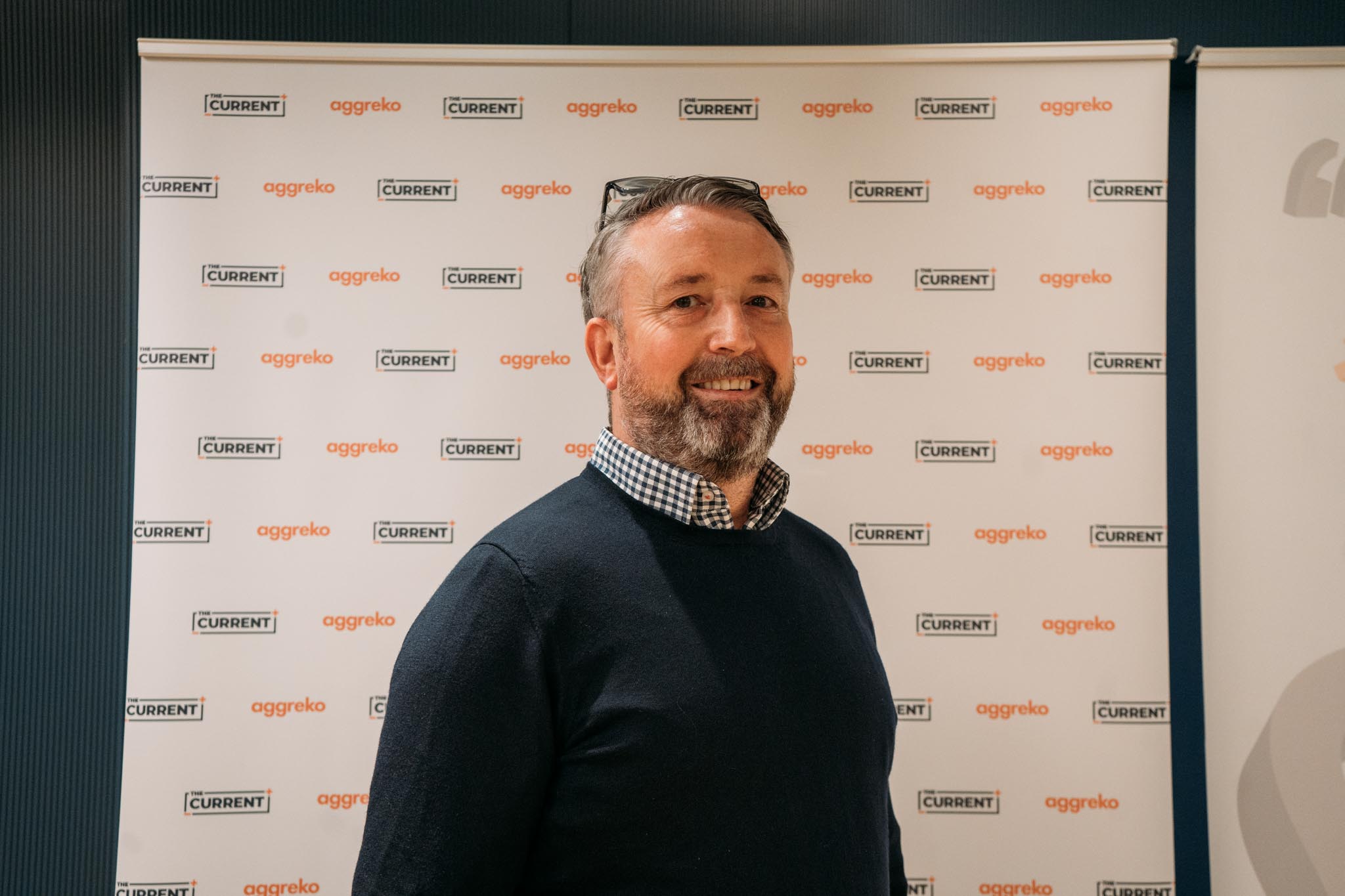



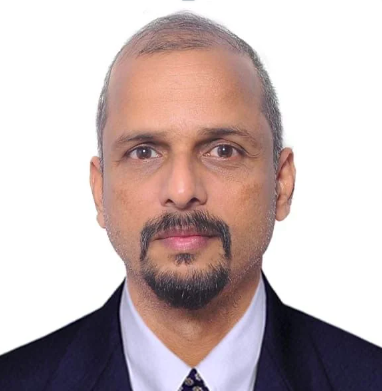
Connectivity is a key requirement for data centres as the services it provides are only as good as the quality of the transmission to businesses, customers and individuals. The expectation of lower latency, higher reliability, greater speed and processing power is increasing in line with user reliance. Data centres are very much part of this transition so how can they be prepared inside and out to focus on data storage, protection and processing and also on best practice in distribution as well?
